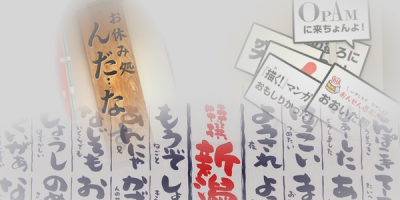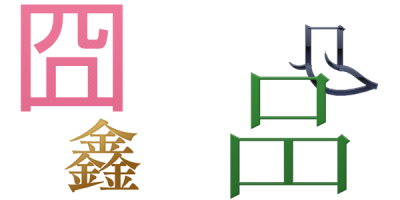
A ship called the Ejima Maru is headed from Yohohama to Seattle. On board, Mrs. Tagawa and Yoko Satsuki meet as “superior” and “inferior” respectively. However, over the course of the long sea voyage, Yoko’s overwhelming beauty is gradually perceived by the others, and buoys her status in place of reputation and learnedness, which are meaningless in the absence of the external world. These are the events of Takeo Arishima’s novel “Aru Onna” that we covered previously.
Superimposed on Yoko’s rise in status from “low” to “high,” these events as depicted by Takeo Arishima, must have been very painful for Mrs. Tagawa, who was originally in the “superior” position.
After returning to Japan, Yoko’s life is turned upside-down by a report in a certain newspaper. This was instigated by Mrs. Tagawa; in other words, after their return to Japan, Mrs. Tagawa tries to destroy Yoko and is clearly her enemy. This shows how much Mrs. Tagawa has come to hate Yoko, and it all started with that change of status that occurred on the boat.
While the boarding plank was still connected to the Ejima Maru at Yokohama, Mrs. Tagawa had been the focus of attention, but next to Yoko, who seemed to be a mermaid given life by the ocean air itself, all of Mrs. Tagawa’s grave competence—her reputation, her career, her scholarship, her seniority—made her seem stiff and old-fashioned; she gave an impression of empty grandeur, like a vacated Shinto shrine that had no object of worship. Apparently Mrs. Tagawa woman’s intuition quickly picked up on this. She heard nothing but rumors about Yoko, and people’s esteem for Mrs. Tagawa herself began to wane. Even Dr. Tagawa seemed to forget about his own wife’s existence—or at least there were times when she thought this. Yoko also got a quick glimpse of Dr. and Mrs. Tagawa sitting across from each other at a table in the dining-room, glancing at one and other like two strangers. Mrs. Tagawa’s attitude underwent a sudden change, despite the fact that she had been treating Yoko like her own daughter. Her feelings of cynical feminine jealously could be clearly read on her face: how dare you ensnare people from behind that mask of yours. However, Mrs. Tagawa had no real choices other than to swallow her anger and either lower herself to Yoko’s level, or elevate Yoko to her own level. Her treatment of Yoko changed direction drastically. Yoko pretended not to notice and let Mrs. Tagawa do as she pleased. She knew from the beginning that Mrs. Tagawa’s hasty actions would be Mrs. Tagawa’s own downfall, and were a convenient stroke of luck for Youko. As she expected, by compromising Mrs. Tagawa did not gain any added sympathy or respect, and her influence declined more and more; before she knew it, Yoko’s position was so elevated that it did not seem at all strange for her to address Mrs. Tagawa as an equal. Thus diminished in stature, Mrs. Tagawa became upset in a manner quite unbecoming of her age. She would treat Yoko with unnerving kindness and gentleness, speak in sarcastically over-polite language, or suddenly treat those around her with remarkable iciness. Like a snake charmer witnessing the writhing throes of a dying snake, Yoko watched Mrs. Tagawa’s inner conflict with cool detachment.
[ARISHIMA Takeo “Aru Onna” 1911–1913.]
Editor’s note: emphasis removed.
What did you think? Did you feel your heart freeze? Women are scary.
What about the phrase that described how Mrs. Tagawa’s “attitude underwent a sudden change?” She should have been able to just change her attitude in response to the changing situation, i.e. the rise in Yoko’s status. Why couldn’t she?
The answer, of course, is character. Precisely because Mrs. Tagawa’s “superior” attitude towards Yoko was a matter of character, not style, she could not easily retract her “superior” character.
Why is there no demotion for Yokozuna(1) ranked wrestlers in professional sumo? Why can they only be forced to sit out tournaments or retire?
This is because among sumo wrestlers, the Yokozuna is the ultimate “superior.” If a Yokozuna became weak, thus changing his character, and started bowing and scraping to the Komusubi(2), it would be unseemly; no one would want to watch that.
* * *









(1) The highest rank in professional sumo.
(2) The fourth-highest rank in professional sumo.